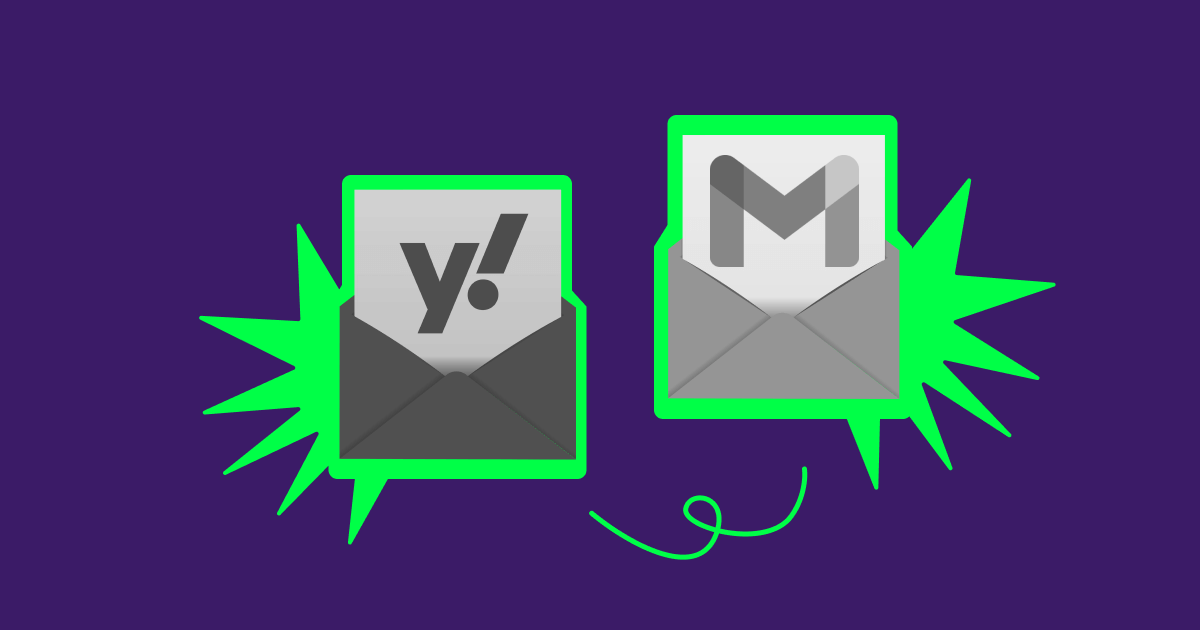What it is all about
Although in comparison to the times a decade ago, let alone the 2000s, the percentage of spam in total global email traffic is much smaller and keeps decreasing, it’s still 48.6%.
So, for safety and security reasons, starting from February 1st, 2024, both Google and Yahoo will implement new policies aimed at improving email security and privacy. These policies include stricter authentication requirements for senders to prevent email spoofing and phishing attacks.
What was before only advisable is now compulsory for all bulk email senders. A few tweaks are a MUST to keep your email campaigns running seamlessly:

















